The modernisation of Belfast’s Harland & Wolff shipyard has passed a significant milestone, with the first Factory Acceptance Test (FAT) of advanced robotic welding equipment for the UK’s Fleet Solid Support (FSS) programme completed in Finland.
Navantia UK and the Ministry of Defence delegation, including Alan Haley, Harland & Wolff Recapitalisation Manager for Navantia UK, and Alex du Pré, FSS Project Leader at Defence Equipment and Support (DE&S), oversaw the successful testing of Pemamek’s PEMA Vision Robotic Welding Portals.
These systems will form the backbone of a new automated panel line at Belfast, designed to deliver faster and more precise shipbuilding.
The panel line is described as central to the government-backed modernisation effort, which is tied directly to delivery of the three FSS ships for the Royal Fleet Auxiliary. Once installed, it is expected to transform the yard’s productivity and allow it to compete for future programmes.
Navantia UK is investing £115 million across its four UK yards, including £90 million in Belfast, after acquiring the business in January 2025. The investment secures over 1,000 jobs across Northern Ireland, Scotland and England.
Alan Haley said the panel line was “at the cutting edge of global shipbuilding technology” and would give Belfast “the capability to deliver FSS and to re-establish itself as one of the most advanced and competitive shipbuilding facilities in the UK.”
The MoD echoed that message. “We are pleased to have reached this pivotal milestone in the Fleet Solid Support programme,” said Alex du Pré. “Our team’s collaboration with Navantia UK has helped to ensure these advanced robotic welding systems meet the exacting standards required for building Royal Navy support ships that are fit for the future.”
Finnish manufacturer Pemamek is producing the fully mechanised panel line, which integrates robotics, automated material handling and precision welding to produce defect-free panels at scale. Jukka Rantala, Vice President of Key Accounts at Pemamek, said the project would equip Belfast to “achieve ambitious production targets today and in the future.”
The new panel line will be installed in a 5,000-square-metre expanded fabrication hall, scheduled for completion in early 2026. Navantia UK has also recruited 55 new apprentices for the FSS programme, bringing the total apprentice cohort to 170, with a target of 500 more by 2030.
The company said the investment demonstrates its commitment to combining Harland & Wolff’s heritage with modern digital shipbuilding under the so-called Shipyard 5.0 model, and to securing long-term skills and employment in Northern Ireland’s shipbuilding sector.


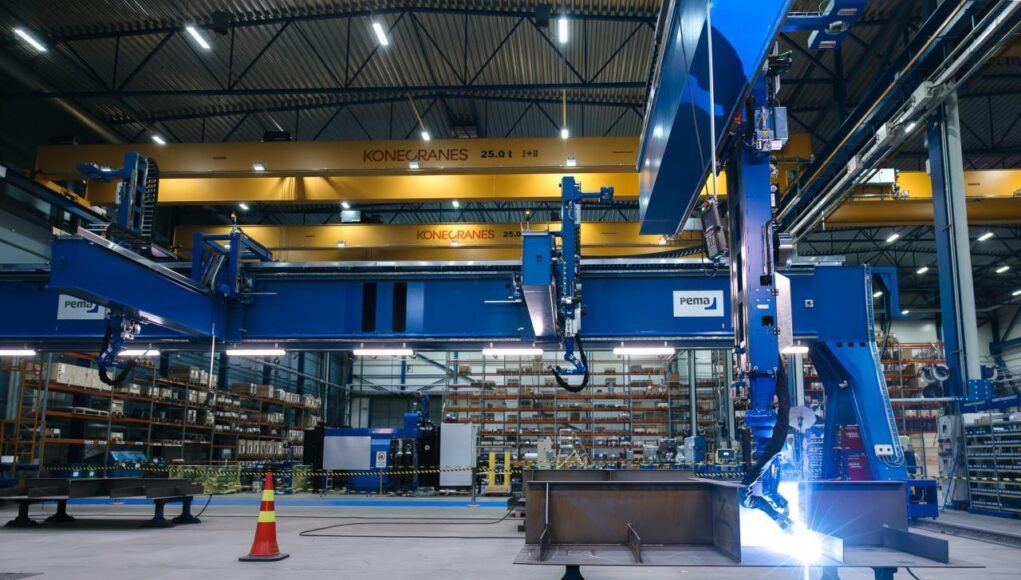
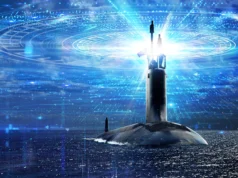

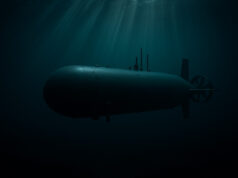

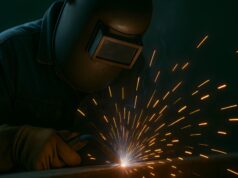
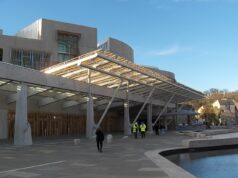
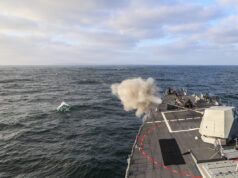
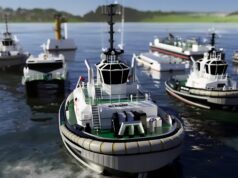
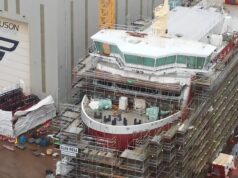
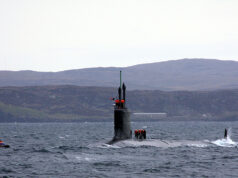

It is interesting how well the state owned model can work as long as you seprate it from government.. essentially you form a state owned company that treats its owning government as nothing more than the majority shareholder and it seems to work well.
The French have certain made it work, sadly in this Country the idea of making a financial profit as a nationalised industry is anathema to Govt, it’s always been a rather puritan approach that has generated the very inefficiencies that Govt’s have then used as an excuse to privatise them.
This is a much more measured article than that which appeared in the FT last week, which implied that much of ship 1 would be built in Spain, and various commentators stating that all three would likely be built in Cadiz. Only in the meat of the article was it obvious that Navantia are putting a lot into H&W. True many of the main blocks for ship 1 will be built in Cadiz, because the yard is still being made ready, but all the assembly will be in Belfast, and the work share has been adjusted so that the work in UK will actually be greater than that in the original contract. And Navantia are also increasing their investment into the H&W yards to over £100m, with a longer term view of bidding and winning MRSS. All this is good news.
Agreed, it does sound like overall workshare is largely the same, despite the scary headlines. But as these are now classed as warships (I think?) they are supposed to be built primarily in the UK, so I wonder if they had to do some contractual gymnastics to ensure ship 1 complied with this requirement.
There is always a lingering concern that H&W Belfast isn’t ready in line with current expectations, and more of the first two ships end up being built in Cadiz as a fallback.
There was never any Govt or Commentator explanation as to how H&W would ever have gained the investment to make it a modern competitive business without this Navantia take over. It’s a big commitment by them we should be grateful for (unlike so much US investment it’s creating a future rather than asset stripping. Initially true we take a hit much of the production will be in Spain yes but that’s through timing and to make their investment viable too. However it will create a yard that will be efficient and proven and that could only have been done with foreign input anyway, (decline and neglect had been so great). Overtime it will be self sufficient and ready to bid for future projects at competitive rates and once in place the Govt will have much more influence that they will be built there. It’s a great investment for the future, when a predominantly internal solution would have I fear been a modern day BL.
Very true, the short answer is that without Navantia there would be no H&W, and the analogy with BL a is also true, although possibly lost on the younger generation! Now we just have to hope that the three ships come in on time and cost, and when they are delivered the RFA have sufficient crew to man them.
BL is definitely lost on me. Can you elaborate?
BL, British Leyland. I think it was Heaths government in the early 1970’s that decided to force an amalgamation of most of the car companies under one banner, allegedly to benefit from economies of scale and to compete with the Japanese and the Europeans, hence British Leyland. It was an awful disaster, multiple trades unions led by a chap called Red Robbo. I think it was in 1975 that the company had only three days in the year without an industrial dispute and stoppage of work. Probably still taught in business schools as an example of how not to do it. Worth a Wikipedia look.
PS. You are probably younger than me!!
Ah, thank you. I’d heard of the brand, but not the story behind it!
The machines are building themselves…
But are they Protestant machines, or Catholic machines?
It is interesting that this has been delivered so fast….it has either been diverted from somewhere else or was actually ordered by H&W before is went into administration.
The lead time on this kind of thing is usually 18 months or more.
Which suggest to me that MoD stepped in with a guarantee or cash to keep this on track. Which makes sense as it is a saleable asset.
I think it was ordered before administration. It was the high interest rate on the loan H&W took out to recruit and prepare for the FSS contract that eventually forced them into administration.
Then somebody will have guaranteed the final pre delivery and post commissioning stage payments?
You don’t pay 100% cash up front for this kind of thing…..
I’d guess most likely Pemamek just sat on it, in the expectation/hope of some sort of H&W rescue. Outside defense, global shipbuilding is a bit sticky at the moment, so offering the machine to market, would risk having to sell at a loss.
Hopefully the former Harland & Wolff Belfast shipyard is now a hive of activity, it looked empty and disturbingly run down when I passed it a couple times earlier this year. Just a handful of cars parked outside one of the buildings, and not even any obvious security guards.
Based on the additional rush hour traffic I’m seeing close to the entrance most mornings I think it probably is.
Ukraine Colours right there.
(that made you think didn’t it ?)